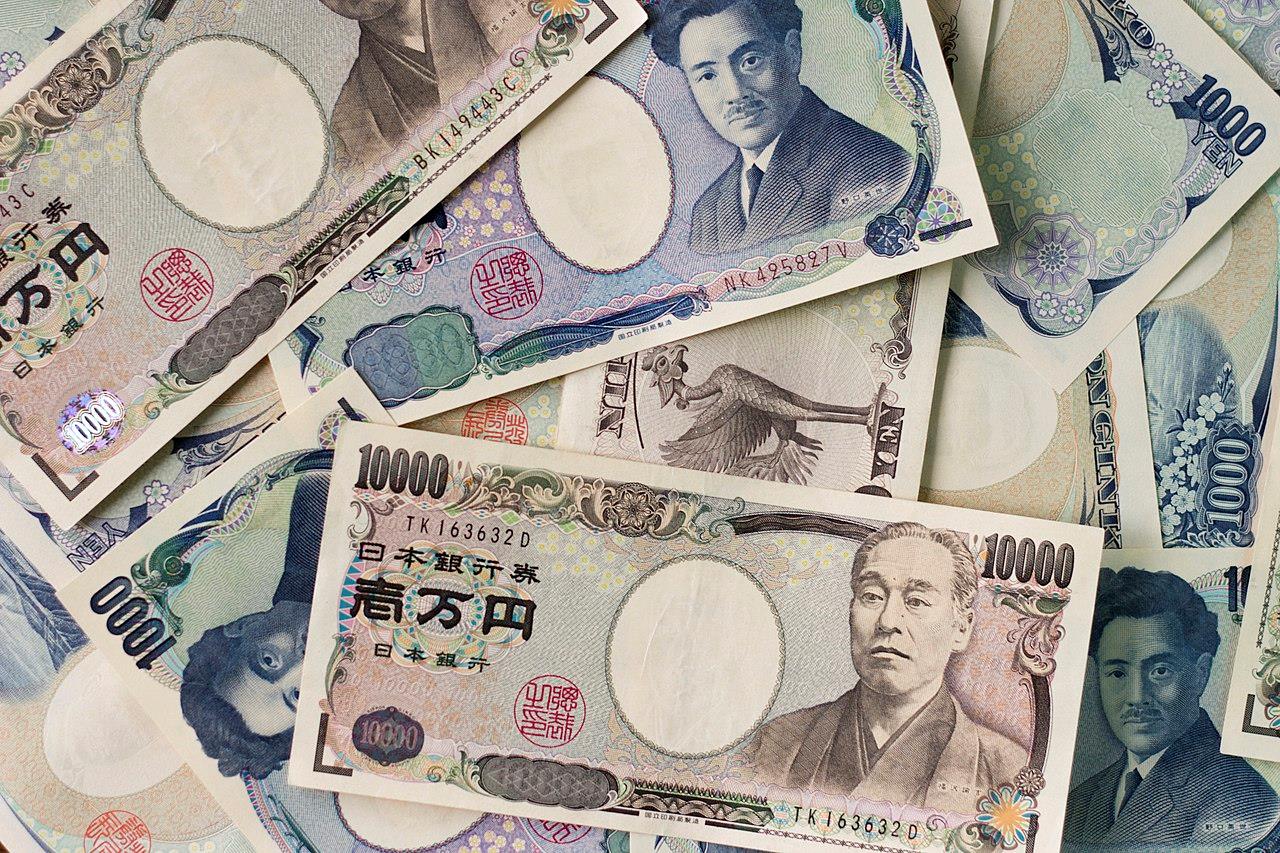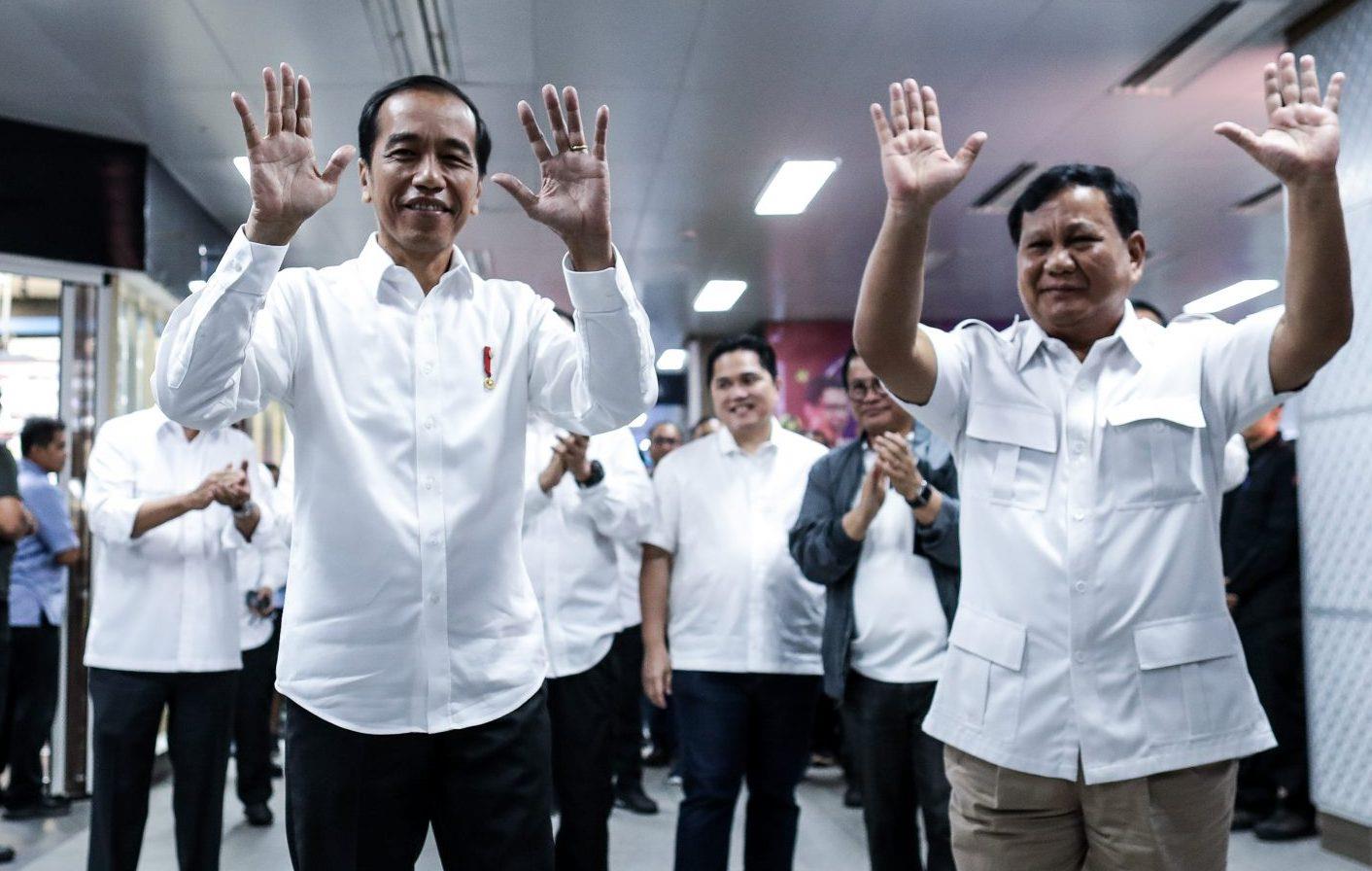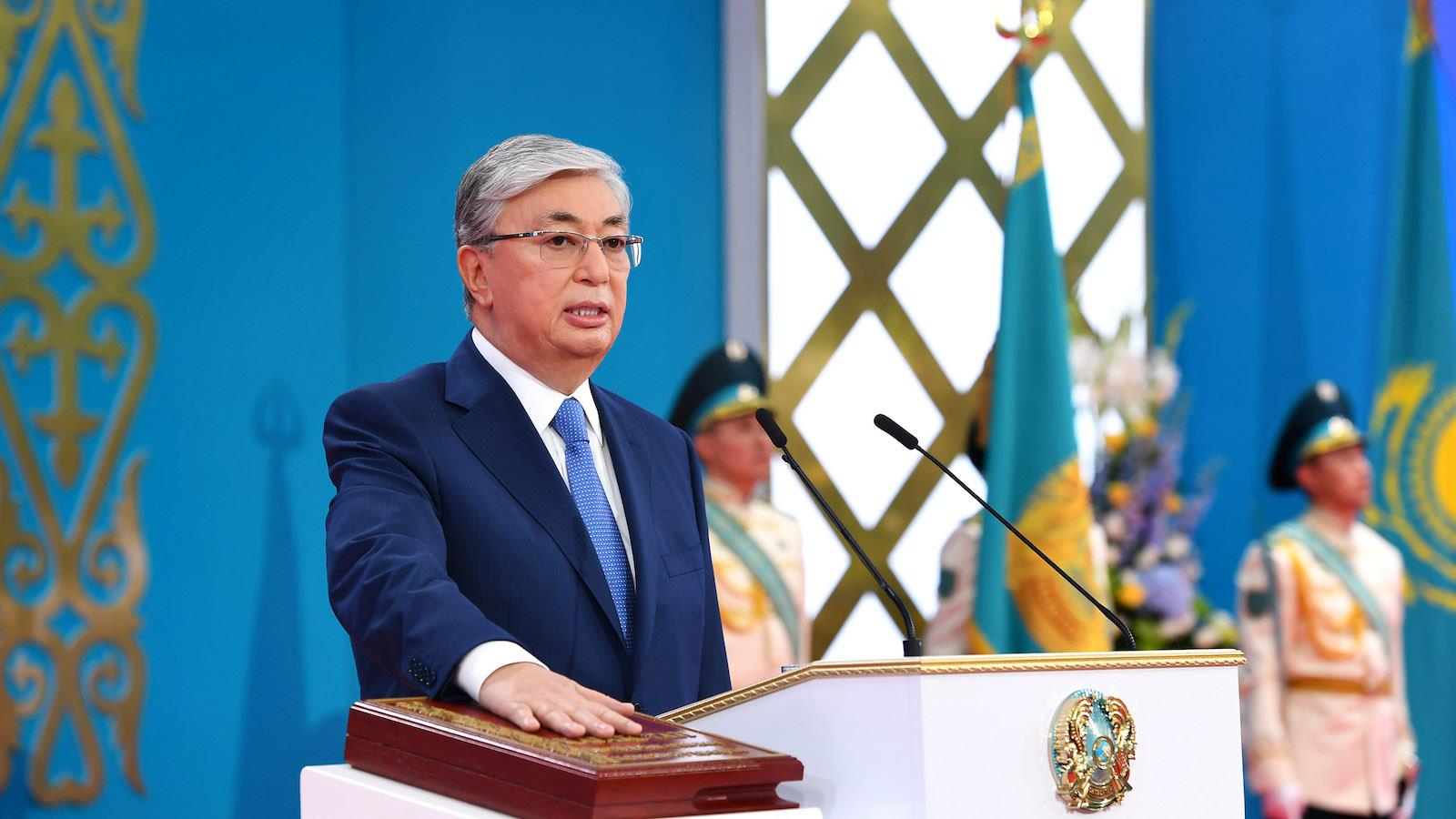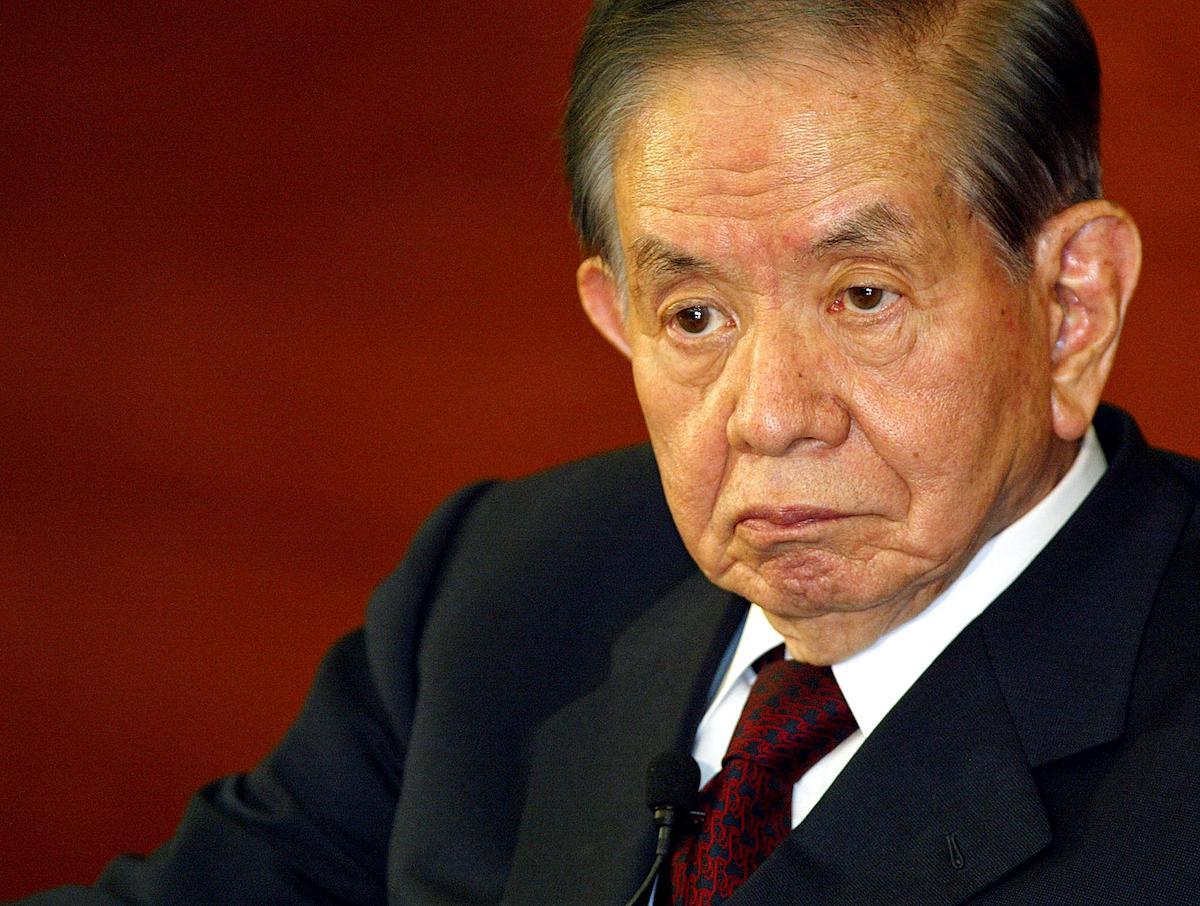(MENAFN- Asia Times) TOKYO – The most surprising thing about Japanese Prime Minister Fumio Kishida reshuffling his Cabis that he actually thinks he's running Asia's No 2 economy.
That would actually be Kazuo Ueda, who in April took the controls at the Bank of Japan . This vital distinction matters more than ever as Governor Ueda hints at a policy shift that, if enacted, is sure to roil global markets.
It's nice that Kishida on Wednesday pledged new support measures to stabilize economic growth. Data released 24 hours later showed that private machinery orders fell a bigger-than-feared 1.1% in July month on month. Manufacturing orders fell 5.3% on the month.
Overall, concludes economist Stefan Angrick at Moody's Analytics,“unsteady domestic demand, high inflation and policy uncertainty are risks to the capex outlook.”
This is hardly what Kishida and his flagging approval ratings needs as his government approaches the two-year mark. That's particularly the case considering inflation is outpacing wage growth at a moment when China's slowdown is imperiling export markets.
Kishida sought to shift the gloomy narrative with the second reshuffling of his 710-day-old reign. Oddly, though, he thought merely renaming his underperforming economic team would cheer global investors.
But all that keeping Shunichi Suzuki as finance minister, Yasutoshi Nishimura as industry minister and SaTakaichi as economic security minister in their posts did was communicate fiddling in Tokyo as global markets burn.
It matters little, though, when Ueda's team at BOJ headquarters is controlling the economic wheel. Recently, Ueda has been citing China's troubles and deflationary trends as wildcards for Japan's outlook.
Over the weekend, Ueda offered the first hint that a quantitative easing (QE) policy U-turn might be in the works.
Ueda told the Yomiuri newspaper that the BOJ's fois on“a quiet exit” that doesn't devastate markets. He said a minor July policy tweak was a mere attempt to“change the balance between the effects and side effects” of QE.

The yen is a depreciatory trend. Image: Facebook
Looking forward, Ueda said,“it's not impossible that we will have enough by the end of the year to anticipate [wage hikes going forward].” As of now, he adds,“there are some things we cannot see,” including potential new shockwaves from China or the US.
Though seemingly innocuous, it was Ueda's first crack at telegraphing a rate shift in the months ahead. It prompted economists at
Deutsche Bank to predict that the BOJ's“yield curve control” will be scrapped by October and negative rates will be gone by January.


























Comments
No comment